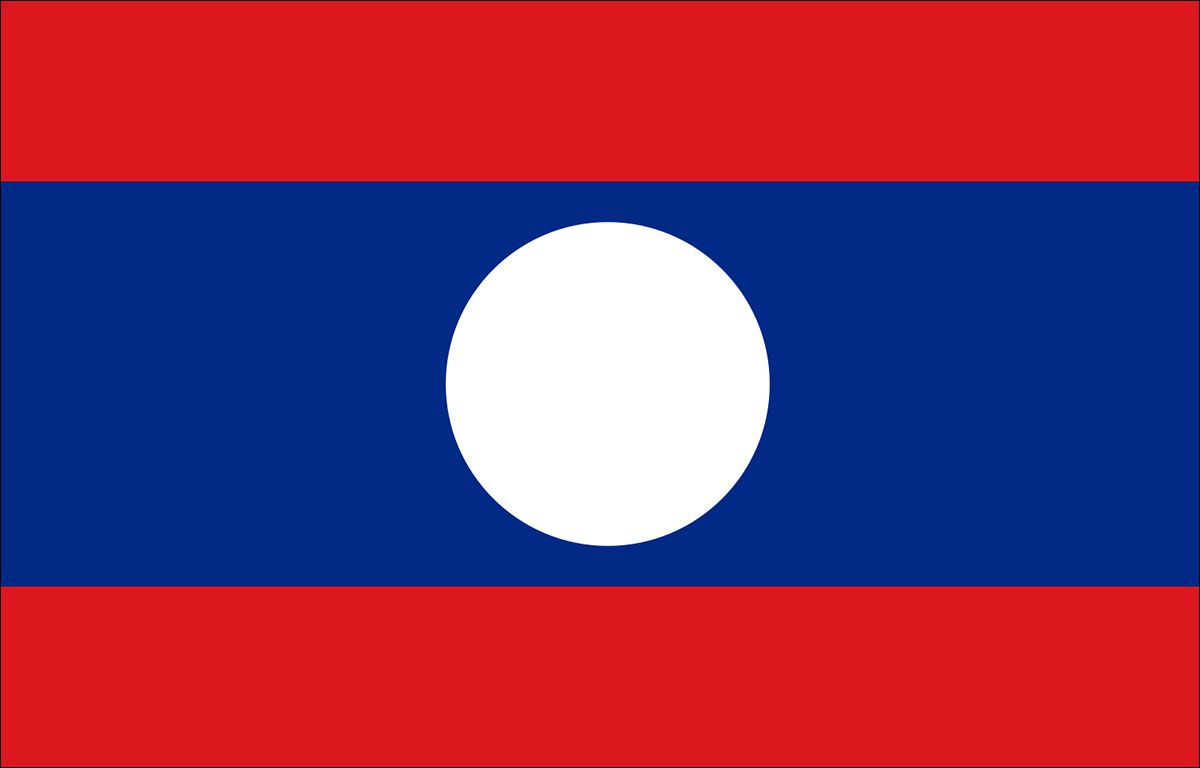
Breadcrumb
Lao PDR

Capital:
Vientiane
Land Area:
230,800km²
Inland Water Area:
6,000km²
Lao PDR is strongly linked with its river systems. More than 80% of Lao PDR is within the Mekong River basin, providing the country with the highest per capita water allocation in the region. Spanning the Sekong, Saravane and Champasack provinces, the Sedone Rivers basin is one of the major river basins of the country, and has a total land area of 7,229km2.
A significant achievement of Lao PDR is the integrated management of the Sedone River Basin, one of the 10 priority river basins for IRBM implementation in the country. The Sedone River runs for 1,574km in Southern Lao and has five main tributaries and 18 sub-basins. A lifeblood of about 690,000 people, Sedone River supports various socioeconomic activities including coffee plantations, hydropower generation, tourism and agriculture. Since 2008, Lao PDR and PEMSEA have been working together to develop the Sedone River Basin Profile and adopt the Sedone River Basin Sustainable Development Strategy. The partnership continues with the implementation of the SDS-SEA Scaling Up Project in Lao PDR focusing on: development of the National River Basin Strategy to 2030; development of the National Guideline for Water Resources Use Fee; development of the national IRBM demonstration site in Houay Paii, Saravan Province and; implementation of the Sedone River Basin Sustainable Development Strategy including development of management plans for the 3 sub-basins (Houay Champi, Houay Paii and Houa Sedone) in the Sedone Riber basin.
The Sedone Integrated River Basin Management Project (SIRBMP) promotes an interprovincial and multisectoral approach to manage the resources in Sedone. It is a collaborative effort among the three provinces, the Department of Water Resources and PEMSEA. The SIRBMP is providing capacity development in various aspects of river basin management, including rapid appraisal, assessing the state of river basin development, river basin strategy development, information management and other activities designed to strengthen capacity of the Project Management Team. The intergovernmental Project Steering Committee (PSC) established in the provinces of Champasack, Saravan, and Sekong provides policy direction and recommendations to the implementation of the SIRBMP. The Project Coordinating Offices established in each of the provinces serves as Secretariat to the PSCs.
A comprehensive river basin strategy, the Sedone River Basin Strategy and its implementation plan (Sedone Riverbasin Sustainable Development and Management Plan (2015-2030), which was adopted in 2014 by the Department of Water Resources, Ministry of Natural Resources and Environment and the Provincial Office of Natural Resources and Environment in the 3 provinces, serves as a blueprint for the sustainable management of resources in the Sedone watershed area. Major implementation activities include policy implementation, land use planning, riverbank rehabilitation, protected area management, waste management, information dissemination and public awareness.
In an effort to lay the mechanism for improved watershed management, the Government of Lao PDR passed and approved its updated Water and Water Resources Law covering the comprehensive management of the country’s water resources, mitigation of potential water-related disasters and management of wastewater discharges during its National Assembly in May 2017. The country has also embarked in the development of its National River Basin Strategy to 2030 for improved management of its water resources.
History of LAO PDR's engagement in PEMSEA.
Focal Points:
Ms. Keodokmay Phouipaseuth
Deputy Director, Department of Water Resources (DWR), Ministry of Natural Resources and Environment (MONRE)
Ms. Soukphaphone Soodtharavong (main contact point)
Deputy Director of Division, Department of Water Resources (DWR), Ministry of Natural Resources and Environment (MONRE)